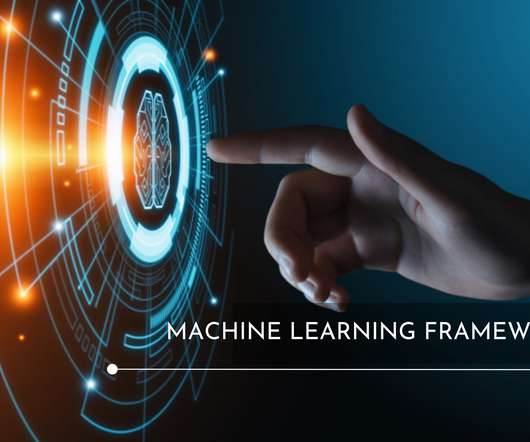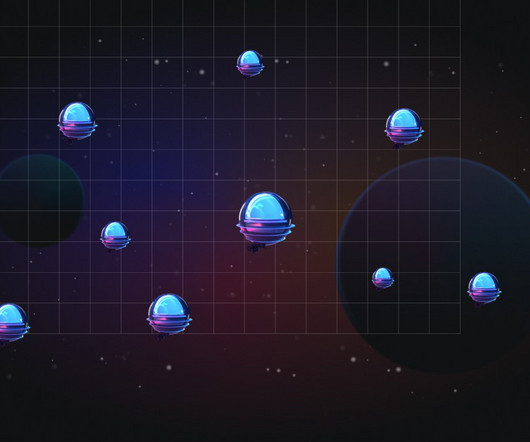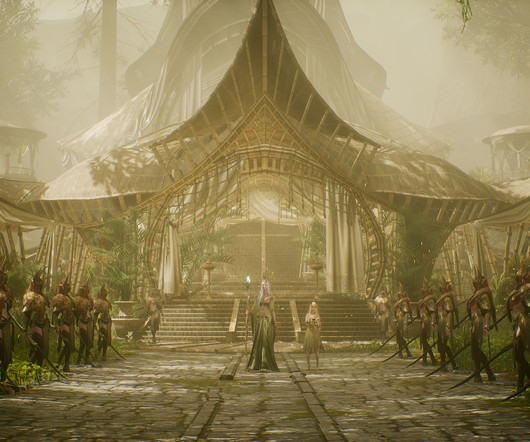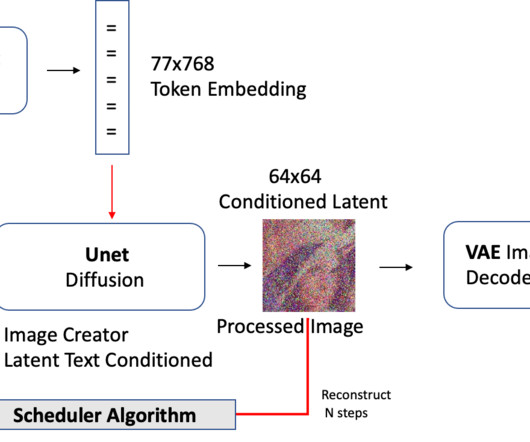Benchmarking Computer Vision Models using PyTorch & Comet
Heartbeat
JULY 17, 2023
Make sure that you import Comet library before PyTorch to benefit from auto logging features Choosing Models for Classification When it comes to choosing a computer vision model for a classification task, there are several factors to consider, such as accuracy, speed, and model size. Pre-trained models, such as VGG, ResNet.












Let's personalize your content